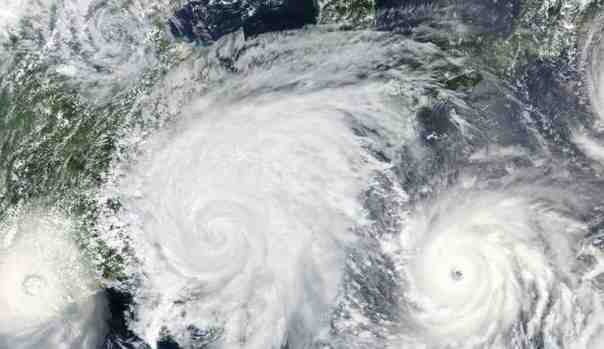
The development and progression of Tropical Cyclone Filipo in March 2024 off the coast of southeast Africa highlighted the vulnerability of coastal regions to extreme weather events. In this case, low wind shear in the Mozambique Channel facilitated the strengthening of the cyclone, leading to significant impacts in Mozambique. The storm, with maximum wind speeds equivalent to a tropical storm on the Saffir-Simpson wind scale, made landfall near Inhassoro, affecting regions such as Inhambane and Gaza provinces.
Risks and Consequences
Filipo’s landfall resulted in severe consequences, including strong winds, heavy rainfall, and the potential for flooding and damage to infrastructure and crops. The storm posed a threat to over half a million people living in at-risk areas, underscoring the importance of preparedness and response measures in vulnerable regions. Relief efforts and disaster management strategies played a crucial role in mitigating the impact on local communities.
Future Forecast and Seasonal Considerations
Forecasts predicted substantial rainfall in affected provinces, emphasizing the need for ongoing monitoring and timely interventions to minimize the impact of severe weather events. The cyclical nature of cyclone season in the southwest Indian Ocean, peaking from mid-January to early March, highlights the necessity of adaptive measures and early warning systems to safeguard vulnerable populations.
Lessons from Tropical Cyclone Filipo
The experience with Tropical Cyclone Filipo serves as a reminder of the resilience required in the face of changing climate patterns and extreme weather events. Strengthening disaster preparedness, enhancing infrastructure resilience, and implementing sustainable land use practices are critical components in building resilience against future cyclone events in the southwest Indian Ocean region.
Overall, the response to Tropical Cyclone Filipo underscores the importance of integrated risk management approaches and multi-stakeholder collaboration to address the complex challenges posed by climate-related disasters in coastal regions. Continued investments in early warning systems, community resilience-building initiatives, and climate adaptation strategies are essential to enhance the region’s capacity to mitigate and respond to future cyclone impacts.


